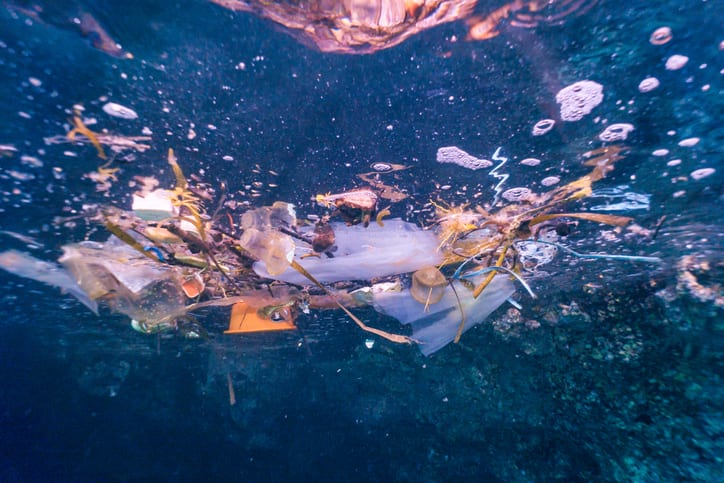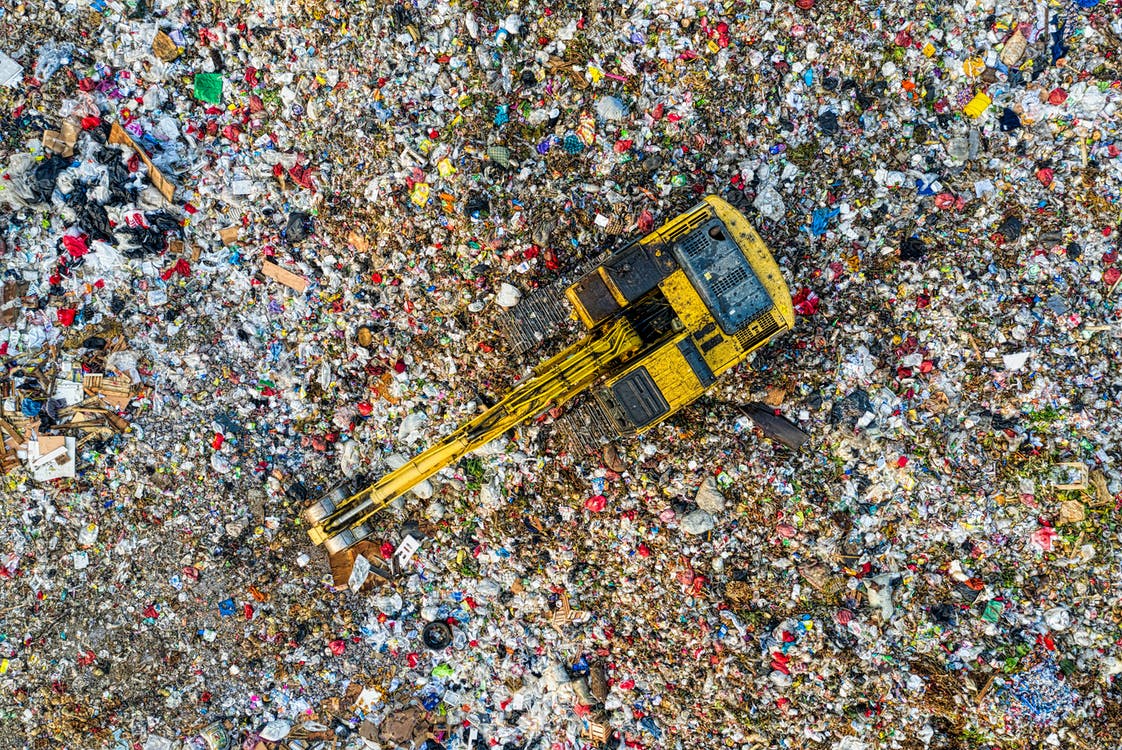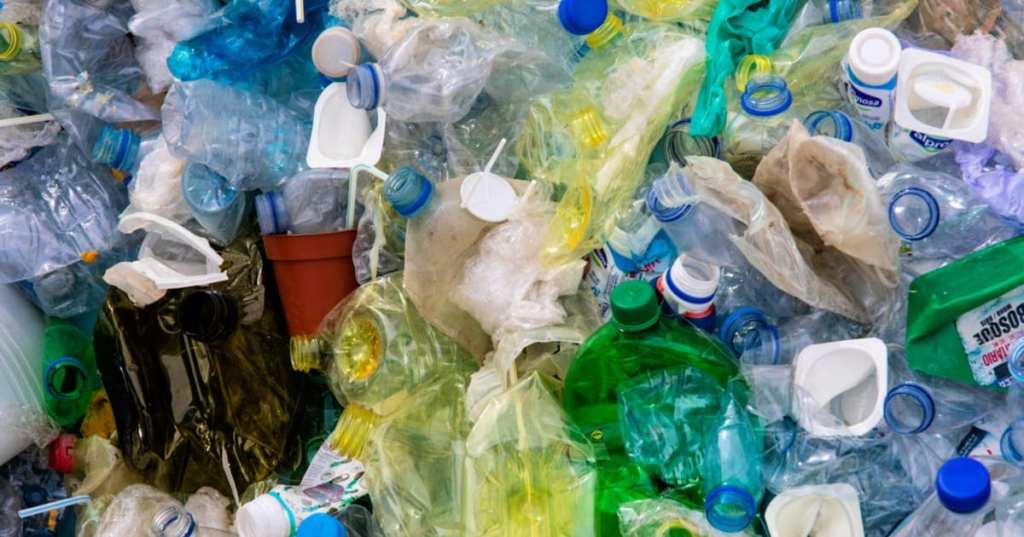Trending Now
If there’s one thing most, if not all, scientists agree on these days, it’s that our planet needs more than a little bit of help if we’re going to convince it to continue hosting human life for a few thousand more years.
How to offer that help, and in the most expeditious way possible, is up for debate – but plastic-eating enzymes are now officially on the table.

Image Credit: iStock
In 2016, a research team in Japan discovered a bacteria that eats Poly(ethylene terephthalate) (PET) plastics, which humans leave absolutely everywhere they go. They were surprised to find this bacteria feasting away in a landfill, sparking debate and, of course, more research.
According to a 2019 article in Nature Communications, the bacteria produces an enzyme that they’ve termed PETase, as well as another called MHETase, which help break down plastics.
Enter structural biologist Dr. Gert Weber, and his team from the joint Protein Crystallography, who determined the MHETase not only binds to PET, but it also helps decompose it.
He told How Stuff Works how the magic happens:
“Both PETase and MHETase belong to an enzyme class termed hydrolases.
They break down ester bonds of the commonly used plastic PET so that the building blocks that we need for a re-synthesis of the polymer are released.”
And for the laypeople in the back?

Image Credit: iStock
Basically, these two bacterial enzymes degrade PET plastics. That said, they’re not particularly quick or efficient about it, so Weber has his doubts as to whether or not we’re looking at the earth’s savior. Even if we can get them to do what we want, and eat what we want, their impact won’t be massive or widespread.
“Traditional recycling methods of PET (which amounts to about 18% of all plastics) have many disadvantages. Intensive pre-sorting is required and they are energy-intensive and rely on crude oil to a large degree to create.
Enzymes like PETase and MHETase break down PET to its building blocks, which can then be purified. These pure building blocks can then be used for a new round of PET synthesis.
This can be done over a an unlimited number of cycles, with a minimum carbon loss, requiring low amounts of energy and nearly free of crude oil consumption.”
Which boils down to a process that could be sustainable and useful.

Image Credit: Pexels
For Dr. Weber and others like him, though, the consensus is that the first thing we need to do is to “cease production of the PET plastics as soon as possible.”
This little enzymes might be hard workers, but they’ll just never keep up.






